Kode Icd 10 Myopia
ICD-10-CM Code H52.10
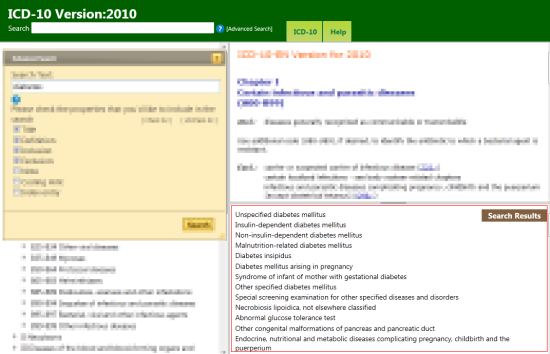
The cornea and lens of your eye helps you focus. Refractive errors are vision problems that happen when the shape of the eye keeps you from focusing well. The cause could be the length of the eyeball (longer or shorter), changes in the shape of the cornea, or aging of the lens. Four common refractive errors are The most common symptom is blurred vision. Other symptoms may include double vision, haziness, glare or halos around bright lights, squinting, headaches, or eye strain. Glasses or contact lenses can usually correct refractive errors. Laser eye surgery may also be a possibility. NIH: National Eye Institute Nearsightedness Nearsightedness, also known as myopia, is an eye condition that causes blurry distance vision. People who are nearsighted have more trouble seeing things that are far away (such as when driving) than things that are close up (such as when reading or using a computer). If it is not treated with corrective lenses or surgery, nearsightedness can lead to squinting, eyestrain, headaches, and significant visual impairment.Nearsightedness usually begins in childhood or adolescence. It tends to worsen with age until adulthood, when it may stop getting worse (stabilize). In some people, nearsightedness improves in later adulthood.For normal vision, light passes through the clear cornea at the front of the eye and is focused by the lens onto the surface of the retina, which is the lining of the back of the eye that contains light-sensing cells. People who are nearsighted typically have eyeballs that are too long from front to back. As a result, light entering the eye is focused too far forward, in front of the retina instead of on its surface. It is this change that causes distant objects to appear blurry. The longer the eyeball is, the farther forward light rays will be focused and the more severely nearsighted a person will be.Nearsightedness is measured by how powerful a lens must be to correct it. The standard unit of lens power is called a diopter. Negative (minus) powered lenses are used to correct nearsightedness. The more severe a person's nearsightedness, the larger the number of diopters required for correction. In an individual with nearsightedness, one eye may be more nearsighted than the other.Eye doctors often refer to nearsightedness less than -5 or -6 diopters as "common myopia." Nearsightedness of -6 diopters or more is commonly called "high myopia." This distinction is important because high myopia increases a person's risk of developing other eye problems that can lead to permanent vision loss or blindness. These problems include tearing and detachment of the retina, clouding of the lens (cataract), and an eye disease called glaucoma that is usually related to increased pressure within the eye. The risk of these other eye problems increases with the severity of the nearsightedness. The term "pathological myopia" is used to describe cases in which high myopia leads to tissue damage within the eye.
Gallery Kode Icd 10 Myopia
 Common Icd 10 Codes For Ophthalmology Icd 10 Code Lookup
Common Icd 10 Codes For Ophthalmology Icd 10 Code Lookup
Icd 10 Diagnosis Code For Meibomitis American Academy Of
 Optometry You Be The Expert Emmetropia Diagnosis
Optometry You Be The Expert Emmetropia Diagnosis
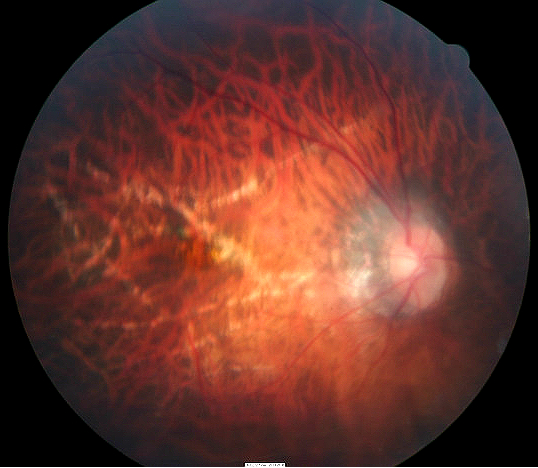 H44 21 23 Progressive High Degenerative Myopia Decision
H44 21 23 Progressive High Degenerative Myopia Decision
 Kode Icd 10 Lengkap Bahasa Indonesia
Kode Icd 10 Lengkap Bahasa Indonesia
 Wo2005035548a1 The Moduilation Of Hyaluronan Synthesis And
Wo2005035548a1 The Moduilation Of Hyaluronan Synthesis And
 Icd 10 International Statistical Classification Of Diseases
Icd 10 International Statistical Classification Of Diseases
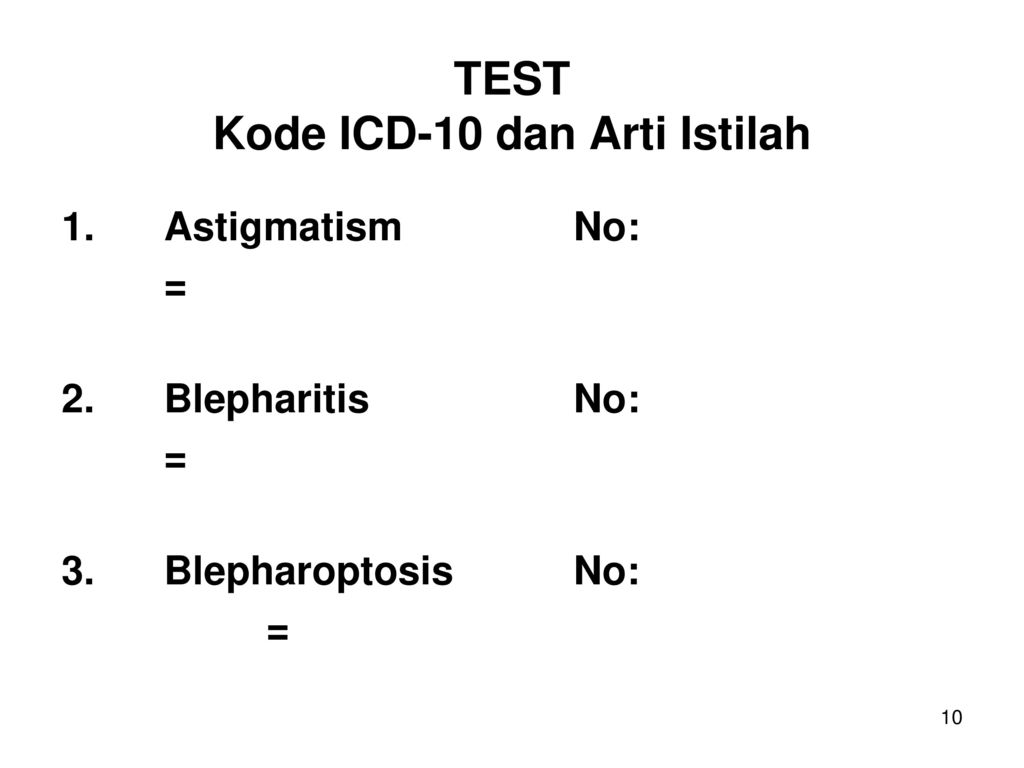 Kkpmt Iii 5 Icd 10 Chapter Vii Diseases Of The Eye And
Kkpmt Iii 5 Icd 10 Chapter Vii Diseases Of The Eye And
 Daftar Kode Icd 10 Yang Sering Digunakan Ajyaa
Daftar Kode Icd 10 Yang Sering Digunakan Ajyaa

 Icd 10 International Statistical Classification Of Diseases
Icd 10 International Statistical Classification Of Diseases
 Common Icd 10 Codes For Ophthalmology Icd 10 Code Lookup
Common Icd 10 Codes For Ophthalmology Icd 10 Code Lookup
 Kode Icd X Icd Ix Cm Ylyx1dy96vnm
Kode Icd X Icd Ix Cm Ylyx1dy96vnm
 Kode Pintar Icd 10 Bpjs Puskesmas Gondang
Kode Pintar Icd 10 Bpjs Puskesmas Gondang

Arachnoid Cysts Disease Malacards Research Articles
 Internuclear Ophthalmoplegia Wikipedia
Internuclear Ophthalmoplegia Wikipedia
New Icd 10 Codes For Diabetic Retinopathy And Amd American
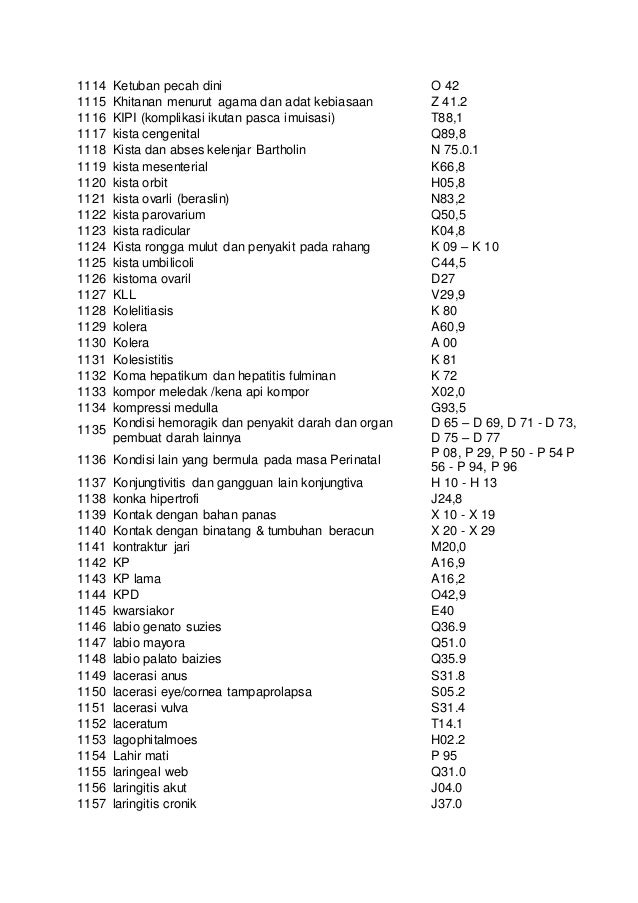






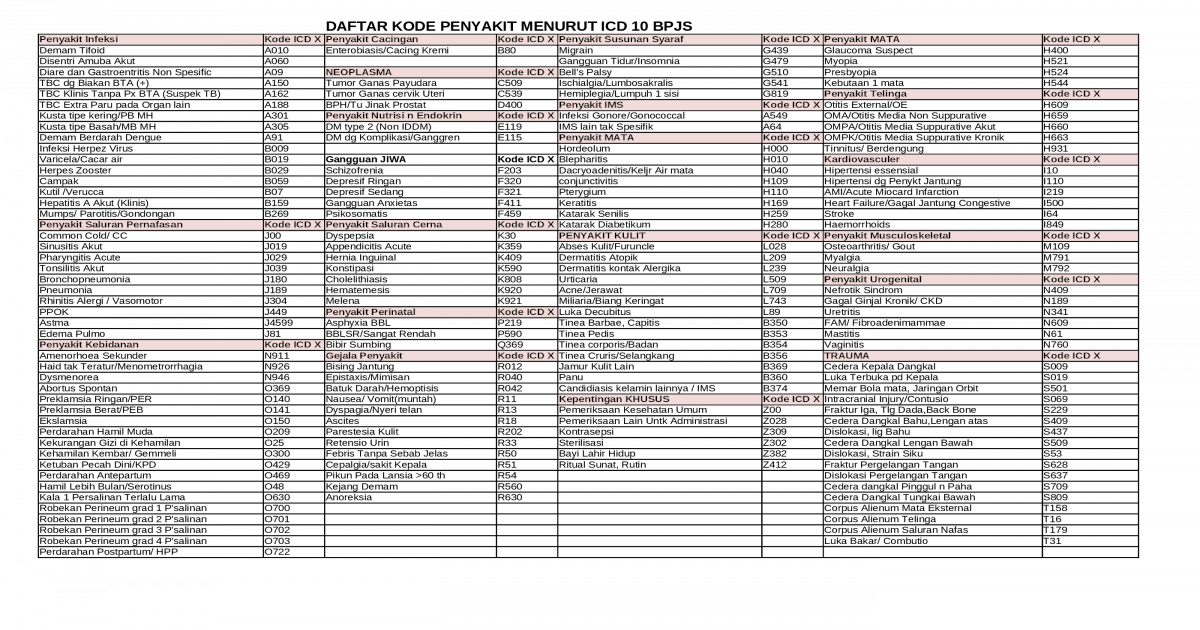

0 Response to "Kode Icd 10 Myopia"
Post a Comment